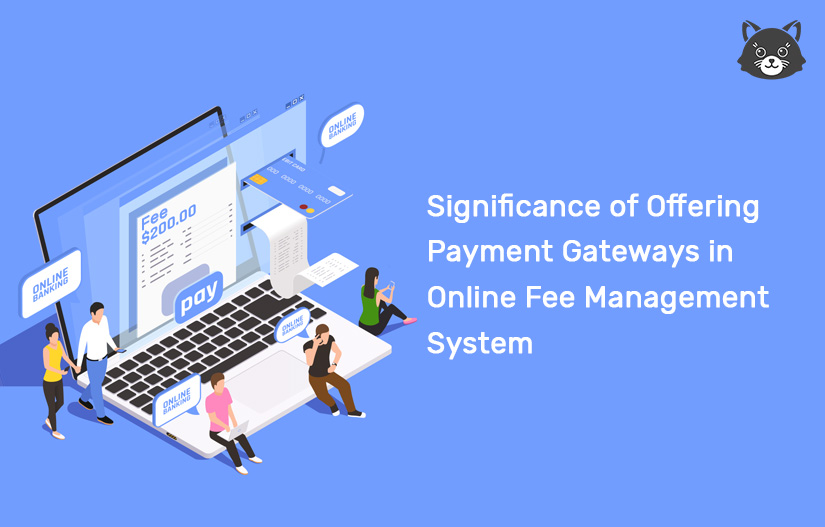Libraries are the best places to nurture young minds. Libraries are knowledge houses holding generations of information that is being passed down from generation to generation but there isn’t a need for them to function traditionally any longer. With the advent of technology, the educational front is getting a complete revamp including the educational institution libraries, all thanks to the library management software.
In earlier times, it was always quite a daunting task for librarians to manage hundreds of books, their issuance, and record keeping. So, here we have a blog for you to explain the online library management tool that can transform old libraries into digitized automated libraries functioning much more efficiently than before.
Library Management System Software Features:
When installing a school library software, you must check out if it has the following features.
1. Media Circulation:
The circulation of the library is the link between the collections of the library to its readers. The issue/return facility manages the use of books by the readers ensuring that readers have the availability of the right books at the right time. The media circulation is responsible for issuing books to the readers, maintaining track of the books distributed to the readers including what is overdue and what is returned.
The automated circulation system replaces the manual system in which library software is used to keep a record of the registered users, what books have been issued to whom, what is returned, when are the returning dates, and what is overdue.
2. Detailed Tracking:
Physically locating books can be quite challenging at times, therefore, the library management software assists the librarians with the help of a detailed tracking facility. It keeps a track of everything the library owns, and also maintains a track of issuance, re-issuance, returns, and overdue.
3. Barcode Support:
The open-source library management system uses a barcode system to impart a unique identity to books. The barcoding is done on the basis of the book title, author, topic, and date of publishing. This can help to identify books in a better manner in larger libraries with great multitudes of readers.
4. Automated Reminders:
Another must-have feature of a library management tool is that it should be able to automate reminders for book returning, thereby, making the job of the librarian easy and helping readers.
The tool should also be able to generate system reports automatically on the performance of the library.
5. Library Cards & Penalties:
An automated circulation system has replaced the need for issuing borrowers or library cards. They have a provision or feature to generate and print bar-coded identity cards (ID) for each member, the details of which are maintained in the database of the software.
Besides this, the library management tool should be also equipped with the facility of collecting penalties or late fees from readers who fail to return the library assets on time after reminders.
6. Media Acquisition & Cataloguing:
The integrated library management software utilizes a web-based catalogue that represents the book collections and the journals possessed by the library and their availability. The users can access the books from anywhere. The tool also keeps a track of all the registered users. The catalogue management helps to maintain tracks of the books and journals that are available in the library and it also helps to arrange them or categorize them as per their title, subject, author, and date of publishing for the ease of readers.
Besides this, the library management system also makes it easy to acquire new books and add them digitally in addition to deleting old and irrelevant books.
Conclusion:
From the above article, you have a thorough idea about what is an online library system and what are the best features that you must find in them before installing them for your educational institution.



